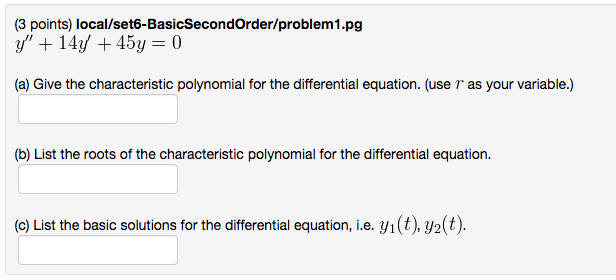Hi everyone,
After Spring Break we will be launching into a new and incredibly useful topic – using Taylor Series to solve differential equations. Of course, using this method requires you to remember something about Taylor Series (uh oh!). You should have studied them in Calculus, probably Calculus II or III. Don’t remember? This is your chance to refresh your memory.
Assignment (Due Tuesday, April 14th, BEFORE CLASS): Watch all of the following videos carefully. As you are watching, make a note of any questions you have. When you are done, complete the following exercise:
Exercise: Find at least the first 10 terms of the Taylor Series for
at the point
.
Finally, post a comment here confirming that you watched the videos, and including the following:
- Confirm that you watched the videos (say something like “I watched all the videos.”)
- Post ONE of the terms you found while solving the exercise above (for example, you might say “One of the terms is
“). CHALLENGE: Don’t use the same term as anyone else.
- Ask a question about Taylor Series, either about one of the videos (tell me which one), or about Taylor Series in general. If you don’t have a question, tell me something about Taylor Series – what do you like about them, what don’t you like, what’s the big deal, etc…
Here are the videos:
Video 1: Taylor/Maclauren Series intuition
Video 2: Taylor Series for Cosine at (Maclaurin Series)
Video 3 (OPTIONAL): Taylor Series for Sine at (NOTE: This video is OPTIONAL, but it might help you better understand the next video)
Video 4: Visualizing Taylor Series Approximation




